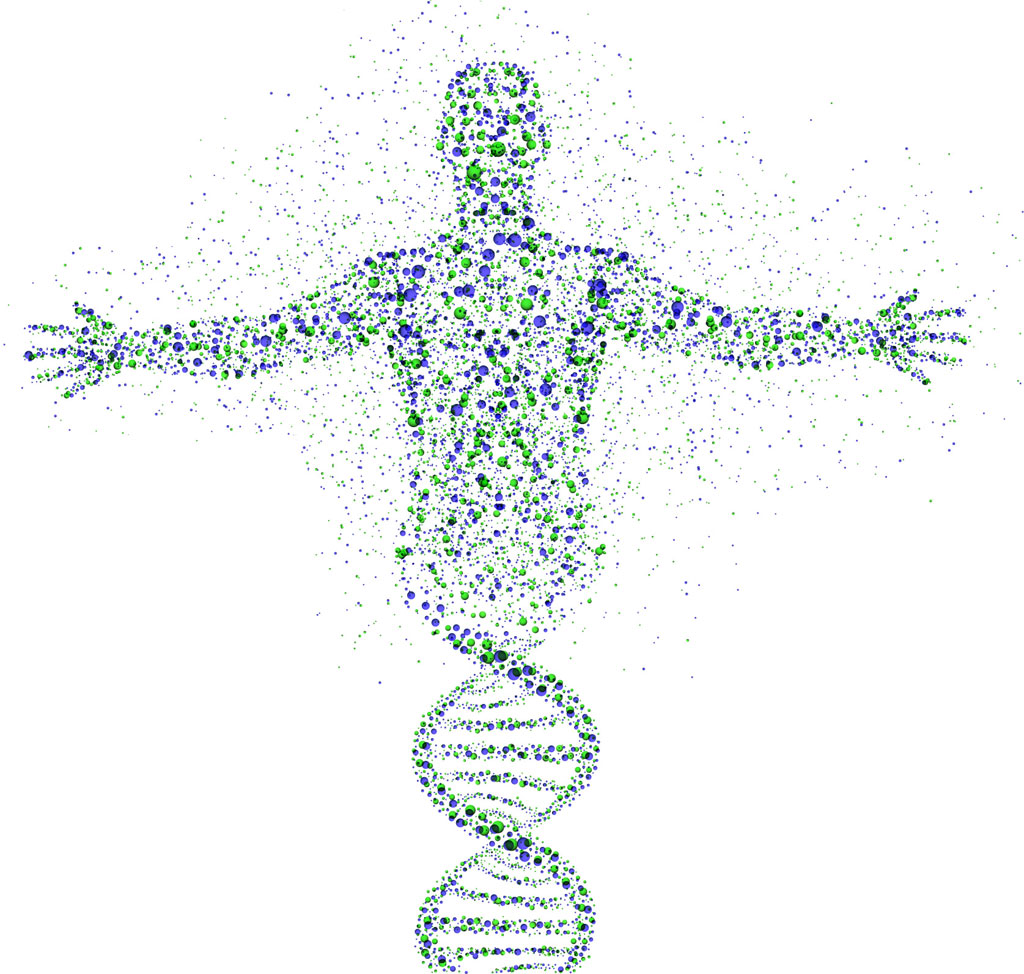
Some forms of genetic and scientific research do appear controversial at the outset, like researchers wanting to createhuman-animal chimeras. Whether this is possible or not, only time and research can tell. But the fact is that human chimeras do exist in three forms.
What are Chimeras?
Chimeras are single organisms that have cells from two or more individuals, having two sets of DNA. This DNA code can make two separate organisms.
What are the human chimeras that exist already?
There are three forms of human chimeras that exist already. They are:
• The first way chimeras happen naturally, is when the fetus in the fraternal twins absorbs its other twin. In early pregnancy, when one of the embryos dies, the other embryo absorbs some of these cells. As a result, the fetus remaining will have two sets of cells, comprising of its own cells and the other from the twin.
• The second way that a human can be a chimera is when the person undergoes bone marrow transplantation. In this process, the bone marrow of the person who is undergoing the transplantation, will be destroyed and replaced with the donor’s bone marrow. Bone marrows have stem cells which develop into red blood cells. Hence, a person who has a bone marrow transplant will have blood cells that are identical to the donor’s genetically, but not genetically same as the person’s own body cells.
• The third most common form where chimeras exist in humans is something called as microchimerism. This is something that happens in humans when a few cells from the fetus of a pregnant woman migrate into her blood and reach different organs of the woman’s body.

Nikki Collins is a freelance writer and scientist. Her scientific experience ranges from academic research at IU School of Medicine to the public health arena working in institutions such as Centers for Disease Control and Prevention (CDC). When not in a lab or at a computer, she enjoys almost anything outdoors, dance, and reading.
